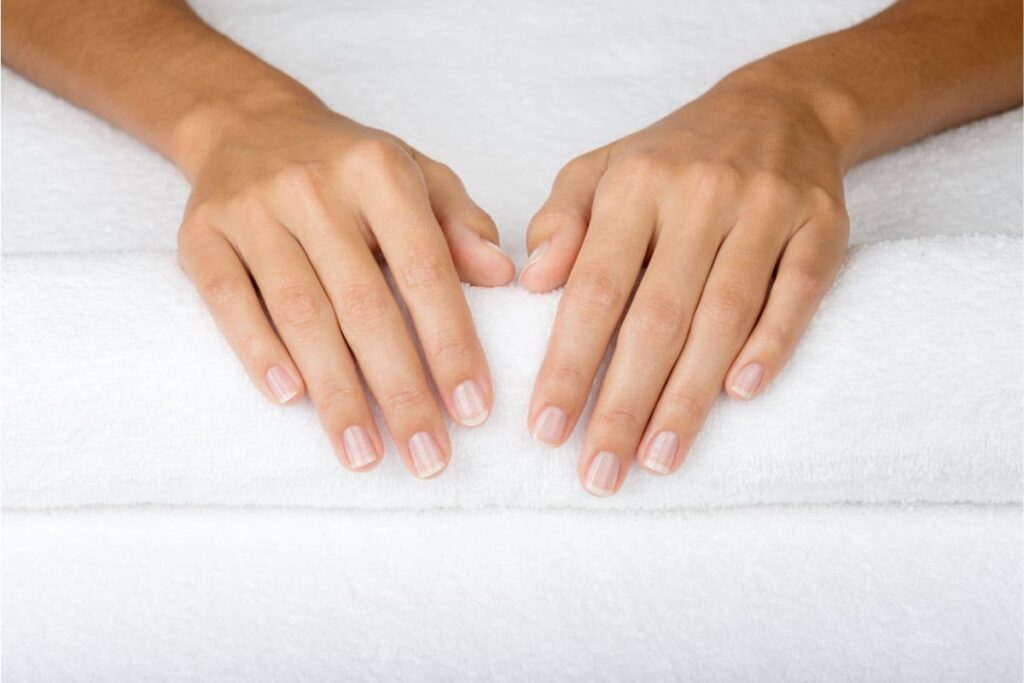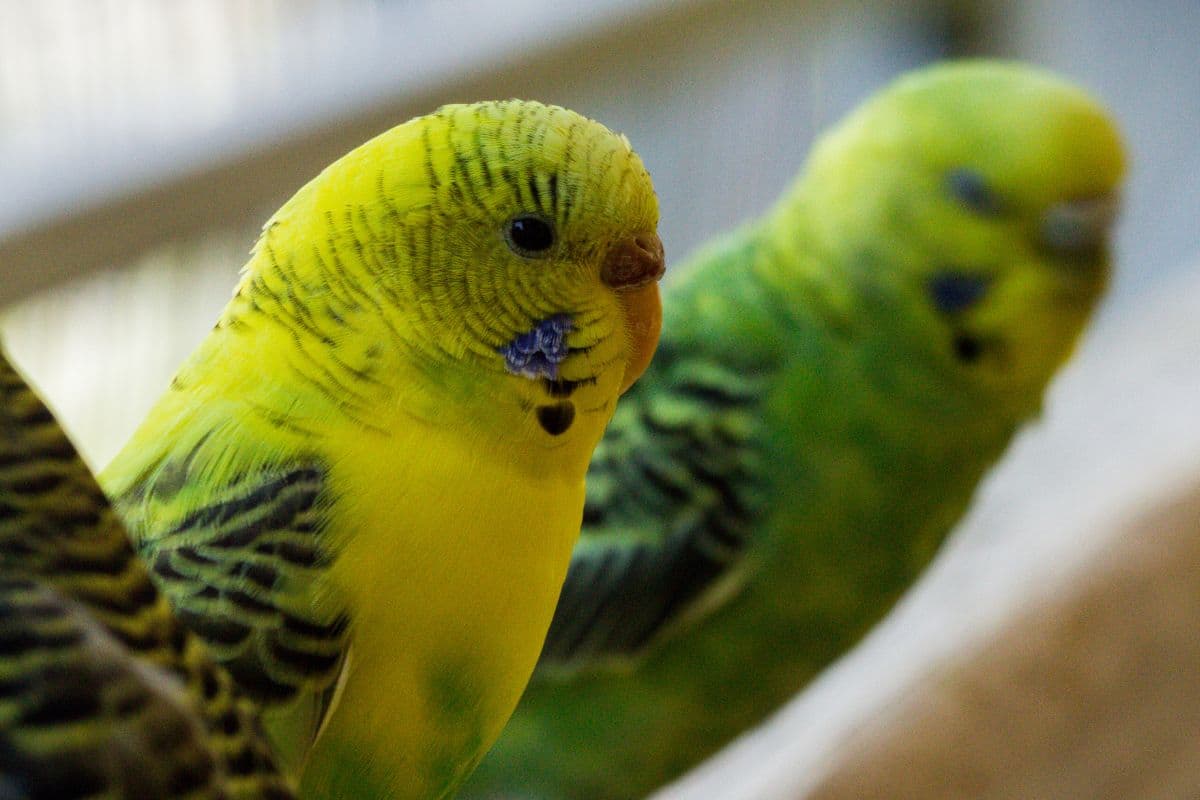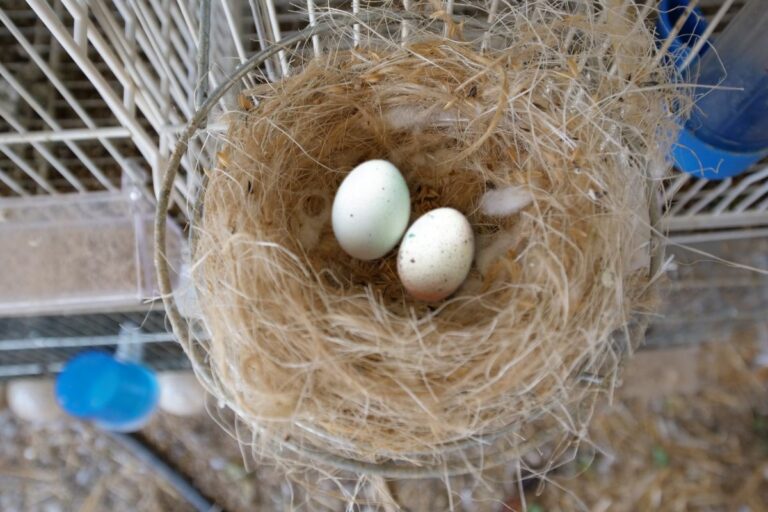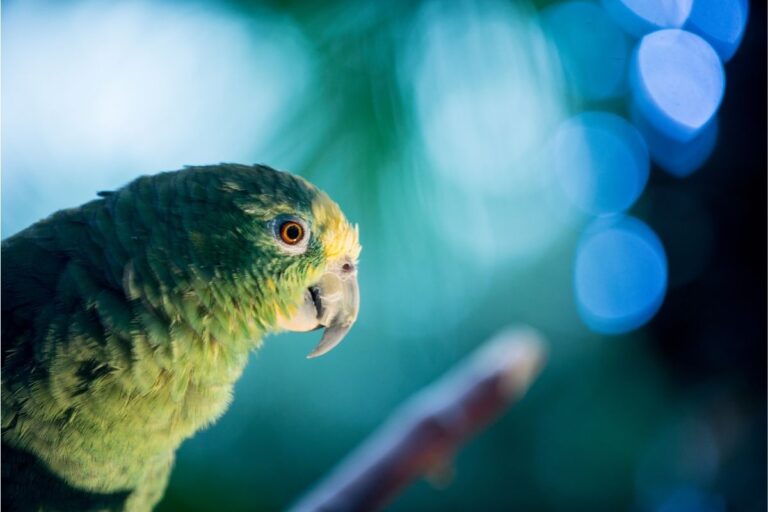Why Do Parakeets Grind Their Beaks
Disclosure: The opinions expressed in this post are my own. This post may also contain affiliate links, which means that I will receive a commission if you decide to purchase through my links, at no additional cost to you. As an Amazon Associate, I earn from qualifying purchases.
Have you ever noticed your parakeet grinding its beak? It’s a strange and fascinating behavior that many bird owners have observed. But what exactly is the purpose behind this peculiar habit? In this article, we will explore the reasons why parakeets grind their beaks and what it means for their overall health and well-being.
If you’re a parakeet owner, it’s important to pay attention to your bird’s beak grinding habits. While it is usually a healthy and normal behavior, excessive or abnormal beak grinding could be a sign of a problem. In some cases, it may indicate a dental issue or an underlying health condition. By understanding why parakeets grind their beaks and monitoring their behavior, you can ensure the well-being of your feathered friend.
Why Do Budgies Grind Their Beaks?
Budgies, also known as parakeets, are known for their unique behavior of grinding their beaks. This behavior may seem strange or even concerning to some bird owners, but it is actually quite common and serves several important purposes.
1. Self-Trimming of Their Beaks

One reason why parakeets may grind their beaks is due to the need for beak trimming. Beak trimming is a process where the beak is shortened or shaped to prevent overgrowth. This is often necessary for parakeets that are kept as pets because their beaks may not naturally wear down enough through normal activities like eating and chewing on toys.
Beak overgrowth can cause several problems for parakeets. The beak may become misaligned, making it difficult for the bird to eat properly. It can also lead to discomfort and even pain for the bird. In severe cases, the overgrown beak can interfere with the parakeet’s ability to groom itself, leading to poor feather condition and health issues.
2. Comfort & Satisfaction
Beak grinding is a natural behavior that birds engage in to relax and feel content. It is often observed when parakeets are in a relaxed state, such as during grooming or resting.
When a parakeet grinds its beak, it creates a rhythmic grinding sound by rubbing its upper and lower beak together. This action is believed to provide a soothing sensation for the bird, similar to how humans might find comfort in activities like humming or tapping their fingers.
Beak grinding is also associated with a sense of satisfaction. Parakeets may grind their beaks after a satisfying meal or when they are in a comfortable environment. It can be a sign of contentment and that the bird is feeling at ease in its surroundings.
3. A Form of Entertainment
Just like humans engage in various activities to entertain themselves, parakeets have their own ways of keeping themselves amused and occupied. They may do it out of boredom or to pass the time while in their cages. It is also possible that they are engaging in this behavior as a way to explore and interact with their environment, such as cage bars, toys and perches.
4. Means of Communication
While vocalizations are the most common form of communication for parakeets, they also use various physical gestures and actions to convey messages to others, such as beak grinding.
Parakeets can also use beak grinding as a means of communication with their owners. When a parakeet is happy and content in the presence of its owner, it may start grinding its beak to express its positive emotions. This can be seen as a sign of trust and a way for the bird to show its appreciation for the care it receives.
What is a Parakeet’s Beak Made Out of?

A parakeet’s beak is made out of keratin, the same material that makes up our hair and nails. Keratin is a tough, protein-based substance that provides structure and strength. The beak is composed of an upper and lower mandible, which are connected by a hinge joint.
The beak is not just a hard structure, but it is also highly sensitive and packed with nerve endings. This allows parakeets to have a keen sense of touch, enabling them to explore their environment and manipulate objects with precision. The beak also plays a crucial role in a parakeet’s daily activities, such as eating, drinking, grooming, and even climbing.
The beak continuously grows throughout a parakeet’s life, similar to how human nails grow. This growth is necessary because the beak is subject to wear and tear from activities like foraging, chewing, and preening. Parakeets instinctively keep their beaks in check by grinding and rubbing them together. This beak grinding behavior helps to maintain the beak’s shape and length, preventing it from becoming overgrown or misaligned.
When and How Often Does a Parakeet Typically Grind Its Beak?
Typically, parakeets grind their beaks during periods of rest, such as when they are perched or sitting quietly. It is a self-soothing behavior that helps them relax and unwind. You may notice your parakeet grinding its beak while taking a nap or right before going to sleep for the night.
The frequency of beak grinding can vary from bird to bird. Some parakeets may grind their beaks sporadically throughout the day, while others may do it more frequently. It is essential to observe your parakeet’s behavior and establish what is normal for them. Any sudden changes in beak grinding frequency or intensity may indicate an underlying health issue and should be addressed by a veterinarian.
What Does Budgie Beak Grinding Sound Like?
The sound of budgie beak grinding is often described as a soft, rhythmic, repetitive and scratching sound. It can be similar to the sound of teeth grinding or the rubbing of two rough surfaces. The grinding noise is produced when the upper and lower beak rub against each other in a back-and-forth motion.
The sound of beak grinding can vary in intensity and duration. Some budgies may grind their beaks softly and for a short period of time, while others may do it more vigorously and for a longer duration. It is important to note that the sound of beak grinding can also vary from bird to bird, so not all budgies may produce the exact same sound.
Do Parrots Feel Pain When They Grind Their Beaks?
In general, healthy parakeets do not experience pain when they grind their beaks. It is a natural behavior that serves important purposes related to their beak maintenance.
They do have a specialized sensory organ called the Herbst corpuscle located at the base of their beaks. This organ allows them to feel pressure and vibrations, which aids in their beak maintenance. When parakeets grind their beaks, they are essentially filing down the beak’s edges and keeping it in optimal condition. This behavior is similar to how humans file their nails to prevent discomfort or damage.
Should I Give My Parakeet Something to Grind Their Beak On?

To facilitate this natural behavior of beak grinding, you should provide your parakeet with suitable objects to grind their beak on.
1. Cuttlebone
One of the best options is a cuttlebone, which is a natural product made from the internal shell of cuttlefish. Cuttlebones are readily available in pet stores and provide essential minerals, such as calcium, along with a rough texture that helps wear down the beak.
- Optimal Calcium Source: Our cuttlebone, all-natural and sun-dried, offers a wealth of calcium and vital trace minerals for supporting the holistic well-being of your pet. It plays a significant role in bone structure and blood clotting, making it an essential part of your birds nutritional regime.
- 100% Genuine Cuttlebone: Our bird cuttlebone is harvested and processed in Vietnam, with guaranteed purity and devoid of any additives or detrimental ingredients. The sun-drying process preserves its nutritious value, ensuring an entirely natural product.
- Universally Safe for Bird Breeds: Distinct from synthetic calcium blocks and powdered-cuttlebone or a chalk substance, our cuttlebone originates from the marine cuttlefish in its original form. Ours is not made from Cuttlebone powder like many other brands who use Cuttlebone in the description but really are ground cuttlebone. Our 100% Natural Cuttlbone is universally safe for a broad spectrum of bird breeds, ranging from canaries and cockatiels to lovebirds and parrots.
- Convenient Cuttlebone Holder Included: To simplify the process of installing it in a bird cage, our cuttlebone comes equipped with a holder. This easy-to-use feature allows more time for you to enjoy your pet birds company.
- Essential for All Bird Owners: Augment your birds pet supplies with our premium cuttlebone. We prioritize your birds health above all; order today by clicking Add to Ca
Prices pulled from the Amazon Product Advertising API on:
Product prices and availability are accurate as of the date/time indicated and are subject to change. Any price and availability information displayed on [relevant Amazon Site(s), as applicable] at the time of purchase will apply to the purchase of this product.
2. Mineral Block
Another option is a mineral block or a beak conditioning perch. These products are specifically designed to promote beak maintenance and can be a great addition to your parakeet’s cage. Just make sure to choose a perch or block that is the right size for your bird and securely attach it to their cage.
- ❤【SIZE】5.23x1.77x1.77inch / 13.3x4.5x4.5cm.
- ❤【POROUS MINERAL STONE】Special uneven surface design for better clean birds mouth.
- ❤【DELIGHTFUL】Small animals like colored things, you can spend hours watching them chew food.
- ❤【FUN TO REST AND GRIND】Can be arbitrarily placed in cages, your little pets will gnaw by themselves.
- ❤【KEEP FIT】Ideal for small pet gnawing pets to keep their teeth clean, healthy and trim, is great for mental stimulati
Prices pulled from the Amazon Product Advertising API on:
Product prices and availability are accurate as of the date/time indicated and are subject to change. Any price and availability information displayed on [relevant Amazon Site(s), as applicable] at the time of purchase will apply to the purchase of this product.
When is It Necessary to Bring My Parakeet for a Beak Trim?
- An overgrown beak: An overgrown beak can cause difficulty in eating, drinking, and even grooming. If you observe that your parakeet is struggling with these activities, it is a good indication that a beak trim is needed.
- Abnormalities, deformities or misaligned beaks: Another reason to bring your parakeet for a beak trim is if you notice any abnormalities or deformities in the beak. This can include cracks, chips, or uneven growth. These issues can cause discomfort and potential health problems for your parakeet, so it is important to address them promptly.
- No longer grinding its beak: If you observe that your parakeet is not grinding its beak as frequently as usual, it may be a sign that a beak trim is necessary. This could indicate a problem with the beak’s natural wear and tear, which can affect the overall health and well-being of your parakeet.
It is important to note that a parakeet’s beak contains nerves and blood vessels that carry blood supply. It is recommended that you visit a veterinarian to have their beaks trim rather than trying to do it yourself.
Should I Check to See if the Parakeet’s Beak is Healthy
It is important for parakeet owners to regularly check the health of their pet’s beak. A healthy beak is essential for a parakeet’s overall well-being and ability to eat, climb, and interact with its environment. By observing and assessing the condition of the beak, owners can identify any potential health issues and take appropriate action.
Shape & Color
One of the first signs of a healthy beak is its shape and color. A parakeet’s beak should be smooth, symmetrical, and have a consistent color. Any abnormalities such as cracks, discoloration, or uneven growth can indicate underlying health problems and should be addressed promptly.
Overgrowth or Malocclusion
Regularly examining the beak can also help identify overgrowth or malocclusion, which is when the upper and lower beak do not align properly. This can lead to difficulties in eating and grooming, causing discomfort and potential health issues for the parakeet. If any misalignment or overgrowth is noticed, it is recommended to consult a veterinarian or an avian specialist for proper trimming or corrective measures.
General Cleanliness
Another aspect to consider when checking a parakeet’s beak is its cleanliness. A healthy beak should be free from any debris, food particles, or excessive mucus. Owners should ensure that their parakeet has access to proper bathing facilities and a balanced diet to maintain good oral hygiene.
Overall Behavior
In addition to visual inspection, owners should also pay attention to their parakeet’s behavior and eating habits. If a parakeet shows signs of discomfort, such as rubbing its beak against perches or objects excessively, decreased appetite, or difficulty in grasping and manipulating food, it could be an indication of a beak-related issue. Seeking professional advice in such cases is crucial to prevent further complications.
Final Words
Understanding why parakeets grind their beaks is essential for their overall well-being. By recognizing this natural behavior, you can ensure that your parakeet is happy and healthy in its environment.
So, the next time you hear your parakeet grinding its beak, remember that it’s a normal and necessary part of their grooming routine. Embrace this unique characteristic of these beautiful birds and appreciate the joy they bring to your life.











